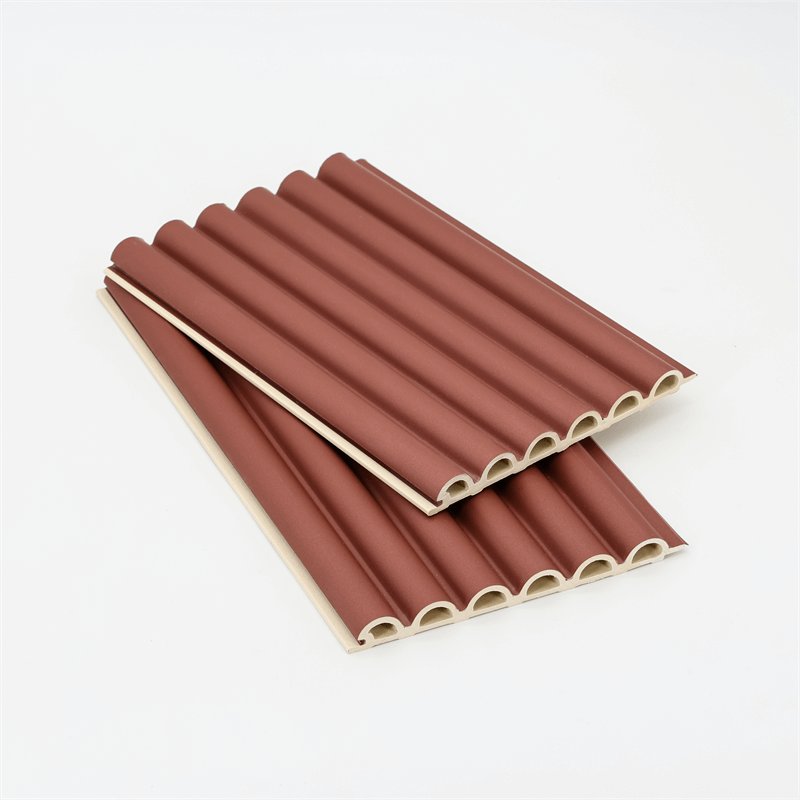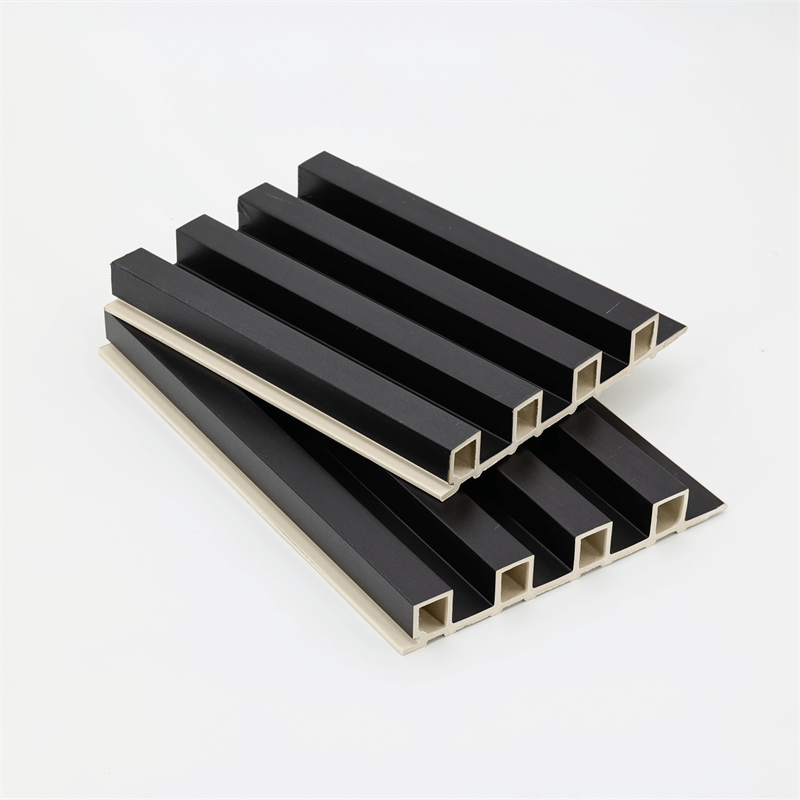Durability and longevity are critical factors to consider when selecting building materials, particularly for applications such as wall panels.
Wood-Plastic Composite (WPC) wall panels have gained popularity in the construction industry due to their exceptional durability and extended lifespan.
This essay aims to provide an in-depth understanding of the factors that contribute to the durability and longevity of WPC wall panels.
It will explore four key aspects: material composition, resistance to environmental factors, structural integrity, and maintenance requirements.
I. Material Composition: A Foundation for Strength and Durability
The material composition of WPC wall panels plays a significant role in their durability.
WPC panels are composed of a combination of wood fibers and plastic polymers, which work together to enhance their strength and longevity.
The wood fibers used in WPC panels contribute to their structural integrity. These fibers are often sourced from sustainably managed forests or agricultural by-products, ensuring responsible material acquisition.
The incorporation of wood fibers enhances the strength and rigidity of WPC panels, making them highly resistant to bending, warping, or sagging.
The plastic polymers, typically derived from recycled materials, provide additional durability and protection against environmental factors.
These polymers act as a barrier, preventing moisture absorption and reducing the risk of rot, decay, or insect damage.
The combination of wood fibers and plastic polymers creates a composite material that exhibits superior durability and longevity compared to traditional building materials.
II. Resistance to Environmental Factors: Withstanding the Elements
WPC wall panels are engineered to withstand various environmental factors, making them highly durable and suitable for both interior and exterior applications.
One of the primary advantages of WPC panels is their resistance to moisture.
Unlike natural wood, which is prone to swelling, warping, and rotting when exposed to moisture, WPC panels are designed to be water-resistant.
This inherent resistance to moisture ensures that WPC panels retain their structural integrity and aesthetic appeal even in high-humidity or moisture-prone environments.
Additionally, WPC panels exhibit exceptional resistance to UV radiation, extreme temperatures, and harsh weather conditions.
They do not fade, crack, or become brittle when exposed to sunlight, ensuring their longevity and visual appeal over time.
The ability of WPC panels to withstand environmental stresses contributes to their durability and makes them a reliable choice for both indoor and outdoor applications.
III. Structural Integrity: Strength to Withstand Everyday Use
The structural integrity of WPC wall panels is a key factor in their durability and longevity.
WPC panels are engineered to provide strength, stability, and resistance to impact and heavy use.
The combination of wood fibers and plastic polymers in WPC panels creates a composite material that offers superior strength and dimensional stability.
This structural integrity allows WPC panels to withstand the rigors of everyday use in commercial, residential, or public spaces.
WPC panels exhibit excellent load-bearing capabilities, making them suitable for applications where structural strength is essential.
Whether used as interior wall cladding or exterior façade, WPC panels maintain their shape and integrity, ensuring a long-lasting and reliable solution.
IV. Maintenance Requirements: Low Effort, Long-Term Performance
The maintenance requirements of building materials directly impact their durability and longevity.
WPC wall panels are known for their low maintenance needs, contributing to their long-term performance.
Unlike natural wood, which requires regular staining, sealing, or painting to maintain its appearance and prevent deterioration, WPC panels are virtually maintenance-free.
They do not require periodic refinishing or special treatments to protect against moisture or pests.
Cleaning WPC panels is a simple task that usually involves mild detergent and water, making it a hassle-free process.
The low maintenance requirements of WPC panels reduce the need for ongoing repairs or replacements, saving time and cost over the lifespan of a structure.
This aspect makes WPC panels an attractive choice for individuals and businesses seeking durable building materials with minimal upkeep.

WPC wall panels offer exceptional durability and longevity, making them a reliable choice for various construction and design applications.
The material composition, resistance to environmental factors, structural integrity, and low maintenance requirements contribute to their extended lifespan.
The combination of wood fibers and plastic polymers creates a composite material that exhibits strength, dimensional stability, and resistance to moisture, rot, decay, and insects.
WPC panels withstand the elements, including UV radiation, extreme temperatures, and harsh weather conditions, ensuring their visual appeal and performance over time.
The structural integrity of WPC panels allows them to withstand heavy use and maintain their shape and strength, making them suitable for both interior and exterior applications.
Furthermore, their low maintenance needs reduce the effort and cost associated with upkeep, contributing to their long-term performance and value.
By understanding the factors that contribute to the durability and longevity of WPC wall panels, individuals, architects, and builders can make informed decisions when selecting materials for their projects.
WPC panels provide a durable and sustainable solution that combines aesthetics, functionality, and long-term reliability, ensuring satisfaction and performance for years to come.


